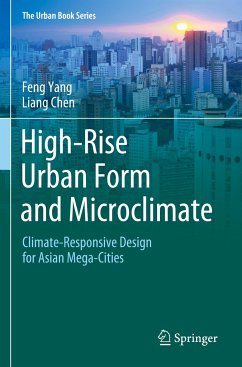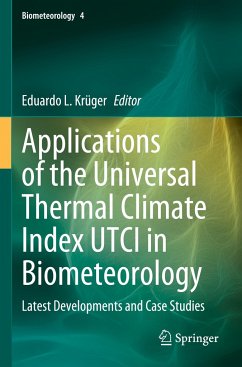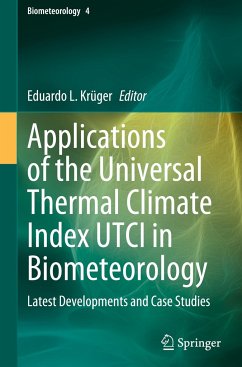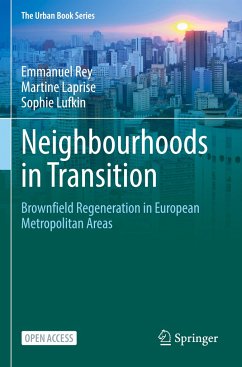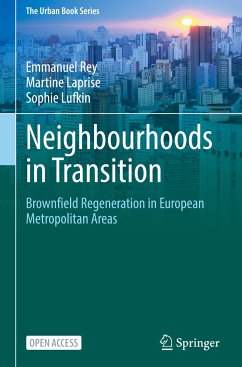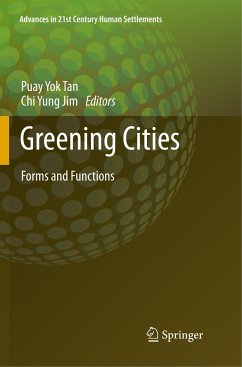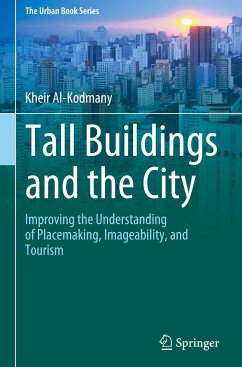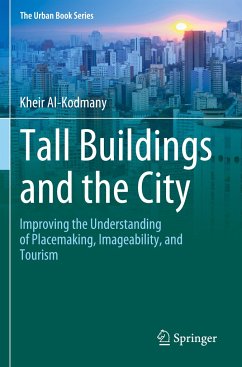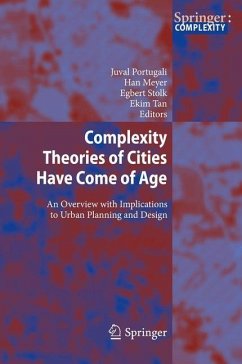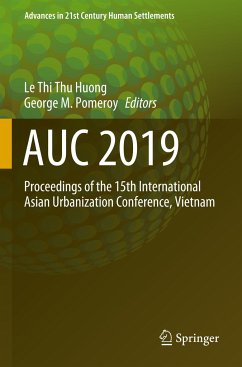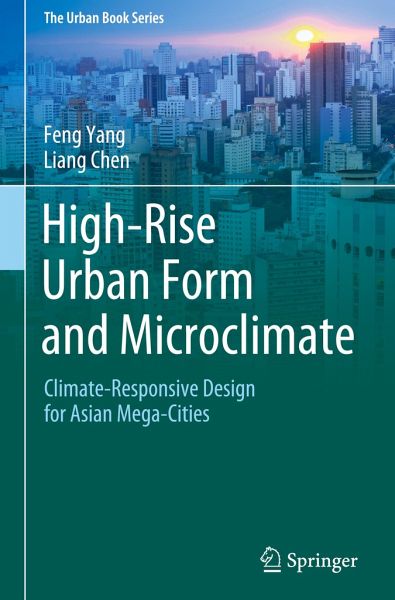
High-Rise Urban Form and Microclimate
Climate-Responsive Design for Asian Mega-Cities
Versandkostenfrei!
Versandfertig in 1-2 Wochen
123,99 €
inkl. MwSt.
Weitere Ausgaben:

PAYBACK Punkte
62 °P sammeln!
The book comprehensively investigates the relationship between critical urban form and fabric parameters and urban microclimate in the high-rise urban environment that prevails in Asian megacities such as Shanghai. It helps readers gain a deeper understanding of climate-responsive urban design strategies and tactics for effectively mitigating the negative impacts of deteriorating urban thermal environments on pedestrian thermal comfort, outdoor air quality and building energy consumption. It also reviews the latest advances in urban climate research, with a focus on the challenges in terms of ...
The book comprehensively investigates the relationship between critical urban form and fabric parameters and urban microclimate in the high-rise urban environment that prevails in Asian megacities such as Shanghai. It helps readers gain a deeper understanding of climate-responsive urban design strategies and tactics for effectively mitigating the negative impacts of deteriorating urban thermal environments on pedestrian thermal comfort, outdoor air quality and building energy consumption. It also reviews the latest advances in urban climate research, with a focus on the challenges in terms of outdoor space comfort, health, and livability posed by the high-rise and high-density development in emerging Asian megacities, and proposes an integrated framework in response to the pressing need for microclimate research. It then presents a series of studies on high-rise residential and non-residential urban neighborhoods and districts based on instrumented field study, validated numerical simulation, and spatial analysis using a GIS platform.
The book includes extensive, valuable experimental data presented in a clear and concise manner. The thermal atlas methodology based on empirical modeling and spatial analysis described is a useful climate-responsive design tool for both urban designer and architects. As such, the book is of particular interest to researchers, professionals, and graduate students in the fields of urban planning and design, building science and urban climatology.
The book includes extensive, valuable experimental data presented in a clear and concise manner. The thermal atlas methodology based on empirical modeling and spatial analysis described is a useful climate-responsive design tool for both urban designer and architects. As such, the book is of particular interest to researchers, professionals, and graduate students in the fields of urban planning and design, building science and urban climatology.



